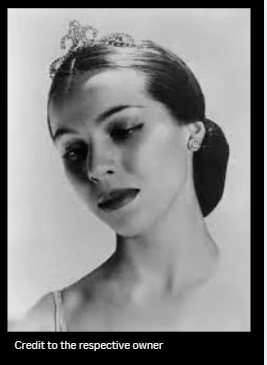Elizabeth Marie Tallchief — Wa-Xthe-Thomba, meaning “Woman of Two Worlds” — was born in 1925 on the Osage Indian Reservation in Oklahoma.
She was the daughter of Alexander Joseph Tall Chief, an Osage, and Ruth Mary Porter Tall Chief, of Scottish-Irish descent. From an early age, she was drawn to dance, and by 12, she was training under the legendary Bronislava Nijinska.
In 1942, she joined the Ballet Russe de Monte Carlo, and five years later, she became the first American to hold the title of prima ballerina with the New York City Ballet.
Her 1949 performance in George Balanchine’s The Firebird made her an international sensation. She went on to create some of ballet’s most iconic roles — including the very first Sugarplum Fairy in Balanchine’s The Nutcracker.
Tallchief didn’t just break barriers for American ballet dancers; she shattered them for Native Americans as well, proving that true artistry knows no cultural boundaries.
After retiring in 1965, she co-founded the Chicago City Ballet with her sister Marjorie, continuing to shape the future of dance. Her remarkable achievements earned her the Kennedy Center Honors in 1996 — along with the admiration of generations.
Maria Tallchief’s story is one of grace, power, and pride — a life lived between two worlds, and a legacy that still soars far beyond the stage.
